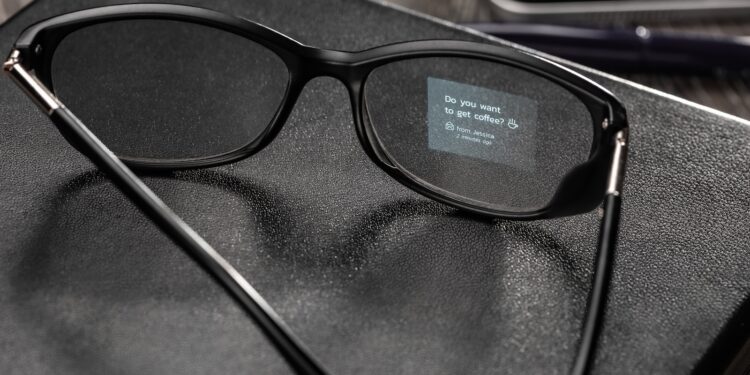Apple has been working on its own smart glasses technology in the background for years. The project was quiet for a long time, but Google's recent push with a new pair of glasses, integrated with Gemini, has brought new life to the rumors and developments surrounding Apple Smart Glasses. The following overview shows you what's known, what's planned, and where Apple currently stands.
While many tech companies are focusing on XR and AR, Apple is taking a multi-stage approach. With the Vision Pro, the company has already introduced a mixed-reality headset that offers high-end features but isn't a mass-market product. At the same time, Apple is working on a significantly lighter, everyday pair of glasses: Apple Smart Glasses. These aren't intended to launch with a complete AR experience, but rather be modeled on products like Meta's Ray-Ban Smart Glasses—with integrated AI, cameras, microphones, and smart iPhone connectivity.
Current state of development
Apple is currently developing new chips specifically for the smart glasses. These are designed to be significantly more energy-efficient than iPhone processors and are technologically based on the SoCs of the Apple Watch. The goal is to achieve the longest possible battery life while providing sufficient computing power for AI functions. Series production of these chips is planned for 2026 at the earliest. The smart glasses are to be equipped with multiple cameras and microphones. They could offer functions such as photo and video recording, real-time translation, environmental analysis, and access to product information through visual recognition. Navigation aids directly in the field of view are also conceivable. The functions are reminiscent of Meta's Ray-Ban glasses, but are intended to be enhanced through deeper integration with the Apple ecosystem and better hardware.
Problems and changes of course
Apple originally had a more ambitious project: true augmented reality glasses with a full display. These were to be paired with a Mac to save energy. However, this proved impractical. The main challenge was to combine sufficient computing power with very low power consumption and a low weight. Batteries would have been too heavy, and the heat generation would have been too high. Operation in conjunction with the iPhone was also not feasible – it lacked the power and endurance. Therefore, the AR glasses project was initially halted. Instead, Apple is now focusing on a less complex but practical smart glasses version with basic functions.
Vision and long-term plans
Despite the setbacks, Apple CEO Tim Cook , according to Bloomberg, remains convinced that Apple can bring full-fledged AR glasses to market—even before Meta. Cook has made the topic a company priority and is pursuing it personally. However, true, fully functional AR glasses are still several years in the future. Apple continues to work on technologies such as ultra-high-resolution displays, powerful yet energy-efficient chips, and tiny batteries with all-day battery life. In parallel, a lighter version of smart glasses with limited AR features is being developed. Internally, user research is being conducted under the codename "Atlas." These studies are taking place at a facility in Santa Clara, where Apple focuses on AR technology. There is also a production line for new display technologies there. The system's operating system, visionOS, is also being adapted to work on glasses.
Schedule and expectations
According to Bloomberg reporter Mark Gurman, Apple expects to launch the first version of its smart glasses in late 2026. These glasses will initially be comparable in functionality to Meta's Ray-Ban smart glasses, but will stand out with better design, stronger iPhone integration, and superior audio quality. The full-fledged AR glasses are still being developed, but it's unclear when they will be ready for market.
Apple Smart Glasses: Soon a reality for everyday life
Apple Smart Glasses are no longer science fiction, but a real product in development. They probably won't launch with full-fledged augmented reality immediately, but they could significantly enrich everyday life with smart features – especially through integration into the existing Apple ecosystem. The first generation is intended as a practical, wearable extension for iPhone users. It's still a while until launch, but Apple seems determined to play a leading role in the smart glasses market. Need useful tips for your Apple Vision Pro? Discover everything you need to know about your new Apple device here – enjoy! Looking for the best accessories? Visit our Amazon Storefront and discover a variety of products from top suppliers, including HomeKit-compatible ones! (Image: Shutterstock / Yuriy Golub)
- homeOS at a glance: features, release, compatibility
- AirPods: These are the upgrades Apple is planning for the next few years
- Tim Cook's big vision: What's behind the Vision Pro





